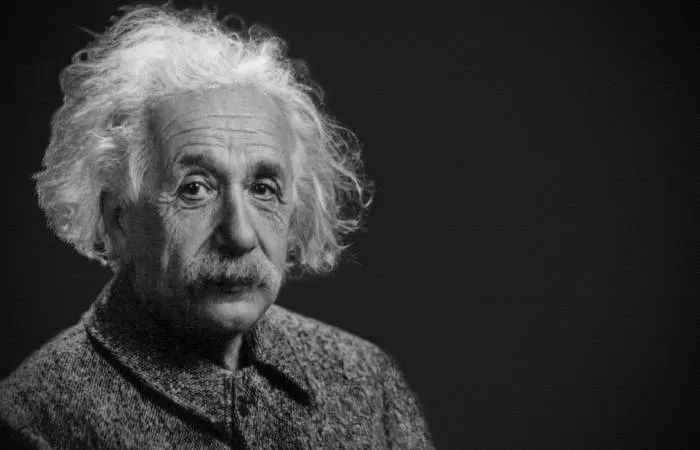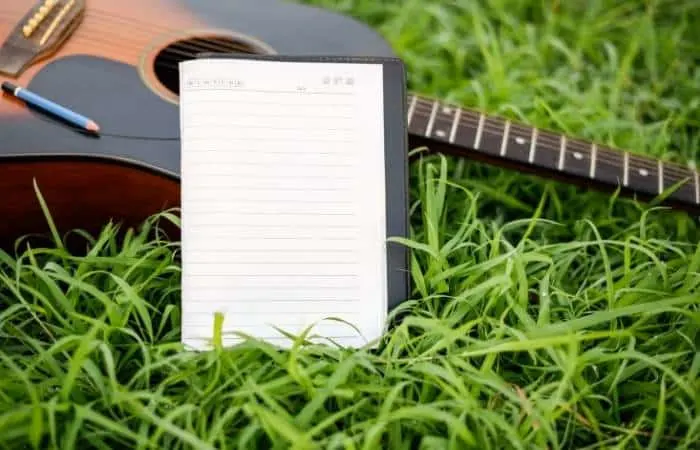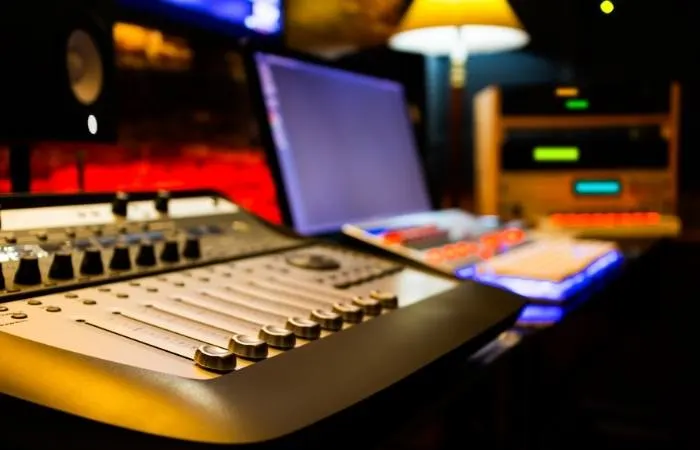As a musician and producer, one of my constant questions is how to write the right , that perfect that will touch everybody and move their and feeling so much that they will want to play it again and again.
A that people feel so connected to that it becomes their personal hymn. That’s what you want to achieve as a .
Inspiration, Emotions, and Creativity
Now the question is, is there a formula to do it?
How do you write a from the ?
This question has been asked for years and years, and finding has been a common quest for many artists through time.
Some have called it muse or angel, or like the Spanish, Flamencos have called it “Duende.” The Spanish writer Federico Garcia Lorca would say about it:
It is…the roots that cling to the mire that we all know, that we all ignore, but from which comes the very substance of art.
The thing is that genuine infused in a is almost magical, and when this is found, a becomes timeless.
But a from the has been a complicated task, even for classical composers. The French composer Hector Berlioz said about it:
How to find the way to be expressive, true, without ceasing to be a musician; how to provide music, instead, with new means of actions- that is the problem.
Until now, nobody has the right answer; there is not a magic formula that will create that that will move everybody’s .
Some believe that hard work will take you there, some others that opening your soul and letting the come to you will be the best you can do.
7 Steps How to Write a Song From the Heart – (The Songwriting Process)
Back to reality and practical situations, I’ve been researching and trying to develop a couple of tips that might be useful for my personal use and for anybody interested in and producing.
Here are some tips that I’ve found useful, and I wanted to share:

Step 1 – Stop Thinking That You Have to Make a Good Song
Dylan’s says, “don’t think twice; it’s all right,” which applies so much in and any art. The less you think, the less you worry about what you want to create, and the more the creativity and emotions will be flowing in the process.
Expectations and assumptions are not good company when we are starting a creative process.
Artists tend to feel a lot of pressure to produce a quickly due to the speed at which is consumed on and streaming platforms.
Social media has completely changed the landscape of how is produced and delivered, and now it seems that an artist needs to be releasing almost every month.
This is a fact, but we shouldn’t force ourselves to be part of a rat race without paying attention to the whole creative process. Part of being an artist is to have freedom of expression.
I ask myself how much freedom we really have if we are forcing ourselves to do things to be part of the system?
Step 2 – Find Sources of Inspiration
If you are experiencing an emotionally intense situation in your life, a will be a great outlet to release those emotions, either express your happiness or heal your negative emotions.
For , think about the number of songs inspired by a or .
If you feel relatively neutral, you can find around you. Read a book, watch a movie, listen to your , go to an art exhibition, or for a walk in nature. Do activities that inspire you to be in the present moment.
All of these elements nurture imagination, one of the essential elements of creativity.
Finding from your favorite is also a great . One of the most creative geniuses of our time, Albert Einstein, found the best tool to help his creative process.

So there you have another good reason to look for in .
One of the that often helps me is going out to nature for a source of . We are so immersed in our own worlds all the time, either producing , on social media, or whatever we do at home. Especially now with this pandemic, breathing some fresh air and observing nature is like entering into a whole new world that helps to feel present in the moment.

Step 3 – Decide on a Concept for Your Song
What do you want to say? If you have something to say, people will listen. The best songs are the ones that deliver a powerful message, a message that is honest and real. When you have a strong concept, you can build anything from there. The producer Bruce Sweiden explains it perfectly in his autobiographical book “Make Mine”:
Music is best when it has a story to go with the performance. It should have a feeling of au naturel, but it must first entertain. If it has these elements, it will reach out and touch the listener’s soul.
And finally, always assume that listeners are smart and they will get your message. The and producer Jack Antonoff said
If you assume people want dumbed-down music, the result is dumbed down. If you assume people are smart, you get moments of brilliance.
Step 4 – Let Your Art Flow
Start creating. Write some words, play some chords on a , or sing a . Whatever you feel is natural to you and your creative process.
Don’t judge yourself; just let your sensibility and ideas flow. Back to the classical composers, Strauss would say about letting your art flow: just let your sensibility and ideas flow.
Back to the classical composers, Strauss would say about letting your art flow:
A poem will jolt me, and a musical idea for it will come to me, often before I’ve finished reading it properly: I sit down; the whole song is done in ten minutes.
I work differently depending on the . Sometimes I get some words in my head, and I start the lyrics right away, let them brew for a while, and then come back to them.
Later some might come to my mind, so I go back to those lyrics and start putting them together with the . Strangely sometimes both fit right; that’s when I know I’m on the right path.
Sometimes, I come up with a and but have no about the lyrics. I do the same process, let them wait for the words to come, and then keep working on it.
In rare cases, the whole comes to me, and it flows so fast that I know that it can be a , and I go for it.

Step 5 – Develop Your Message
Once you have a concept and some initial musical , work on your message. Write down all the ideas that come to your mind, no matter how long it is; the initial draft will help you structure the lyrics.
Think about some keywords or images that you’d like to use that you feel are powerful to deliver your message. Sometimes looking into some poetry or songs will help to identify strong words.
Once you have your draft ready, you can start summarizing the best of it into some lyrics. Remember that is an integral part of the language, and what you say is as important as the you are creating.
You’re looking for just the right word and for that word to occur at just the right place, so you’re saying what you want to say with as few words as possible and yet, have the coolest- sounding word you could say because it was just a cool word to say at that spot in the song.
Step 6 – Follow Your Gut
Once you start on the process, follow your gut. If a path you took on your or structure feels natural and smooth, you are on the right track. Overthinking is not a good advisor in this process.
Letting things to your creative self can be scary, but it is an exciting path that can take you anywhere. As Einstein would say, creativity requires taking a “leap into the unknown.”
Step 7 – Decide on Your Song’s Sonic Landscape
Once you have decided on a , think about how you want it to sound. That will help you decide on the and arrangements, instrumentation, and production in general.
At this point, references are of great help. You can find in artists or producers you admire and songs that you love.
Here is when production starts getting really exciting, hearing your words start to take shape in a .

Final Words
I hope this article has given you an insight into my process of a with and feeling from the .
Remember, there is no right or wrong way to write , so find a process that works for you and express yourself.
With this being said, now it’s time for me to sit down and write some great songs.

 Want to connect with other music producers for help and guidance?
Want to connect with other music producers for help and guidance?